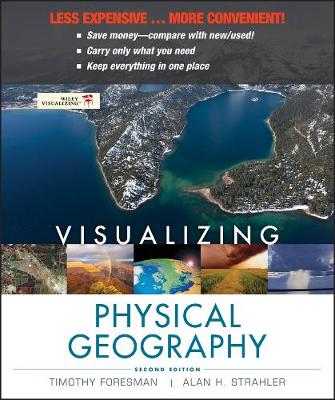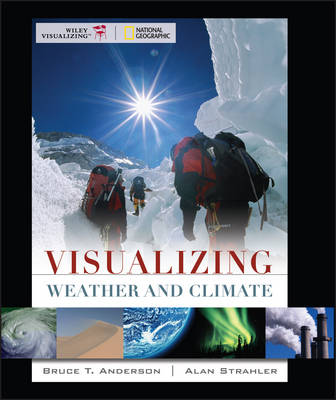VISUALIZING
4 primary works • 10 total works
Book 89
Visualizing Weather and Climate Binder Ready Version Comp Set
by Bruce Anderson
Book 183
The content, design and layout of the text takes advantage of the full capacity in which students process information - visual as well as verbal. Visualizing Geography also helps students examine their own personal studying and learning styles with several new pedagogical aids -- encouraging students to apply what they are learning to their everyday lives. Visualizing Geography continues to offer ongoing study tips and psychological techniques for mastering the material. Most importantly students are provided with numerous opportunities to immediately access their understanding.
Book 260
Visualizing Physical Geography Binder Ready Version Comp Set
by Alan H. Strahler
Book 270
Visualizing Physical Geography, Second Edition Binder Ready Version Comp Set
by Alan H. Strahler
WileyPLUS Blackboard Card for Visualizing Physical Geography
by Timothy Foresman
WileyPLUS Blackboard Card for Visualizing Weather and Climate
by Bruce Anderson
Visualizing Weather and Climate with Wileyplus Blackboard Card Set
by Bruce Anderson


